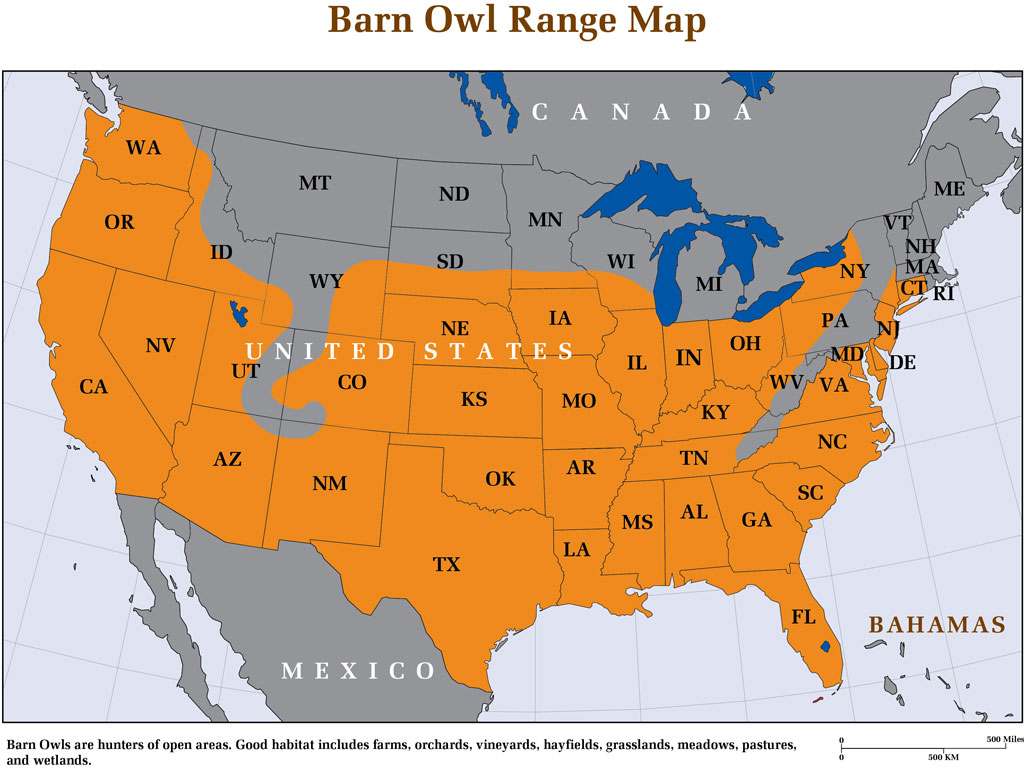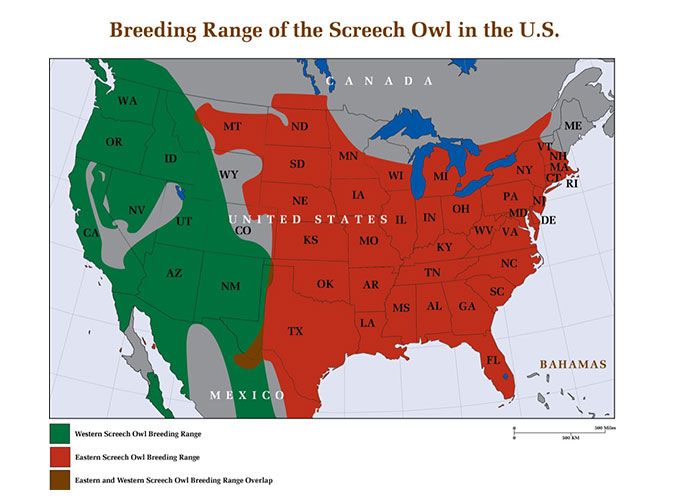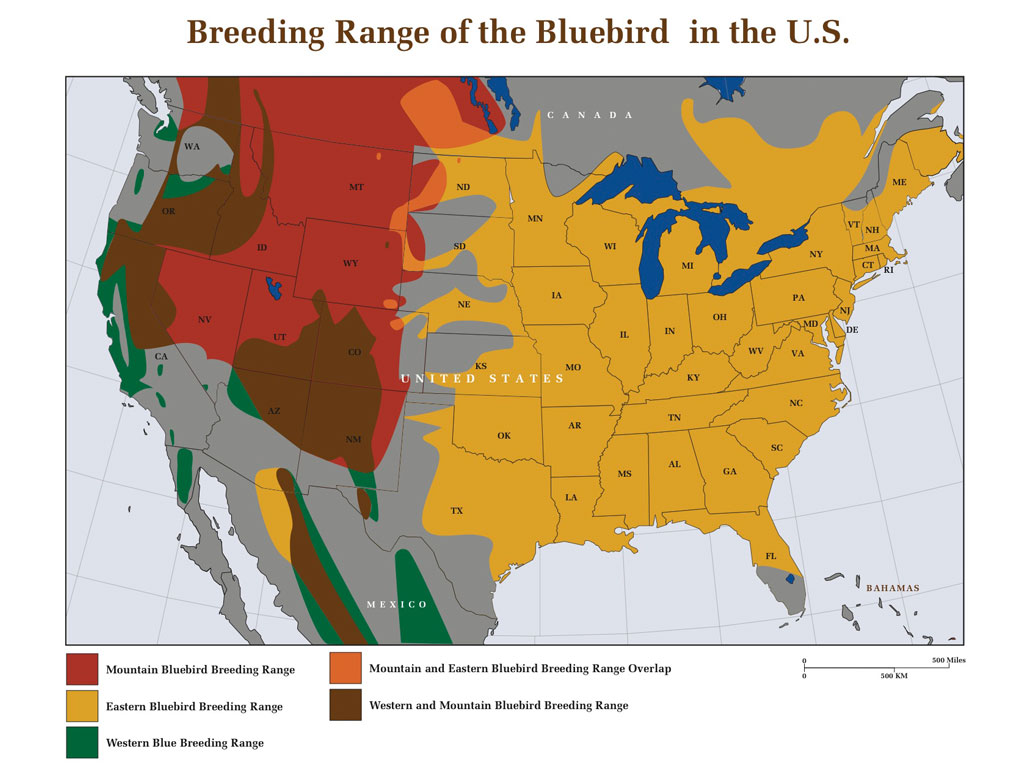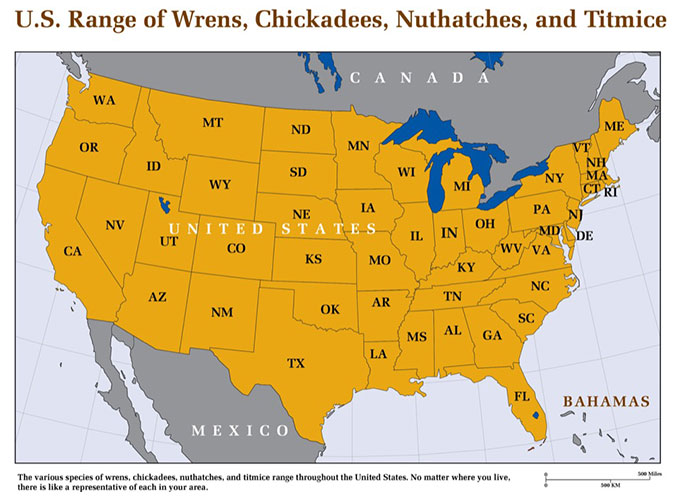Free Shipping to the Contiguous United States
Idaho Barn Owls
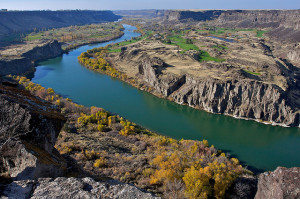
Barn Owls in Idaho
As our range map shows, barn owl populations in the southern half of Idaho are excellent from the agricultural valleys to the high desert scrublands; the northern half is too heavily forested for barn owls except for certain lower altitude valleys in the west.
Biologist Bruce Haak of the Idaho Department of Fish and Game cites the existence of thousands of miles of river cliffs, such as those along the Snake River, where barn owls find abundant crevices and holes in lava, sandstone, and clay for nesting. In the agricultural valleys of orchards, crops, wheat, and irrigated hay, he says they breed in barns, silos, and other outbuildings. The desert scrub provides high numbers of rodents, including kangaroo rats; the farm lands produce rich supplies of voles and pocket gophers.
Road deaths of barn owls on Idaho highways have drawn a lot of attention. Jim Belthoff, biology professor at Boise,
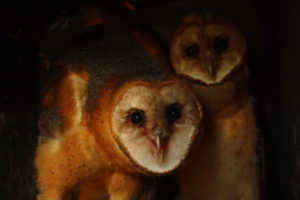
has estimated that a few thousand barn owls die each year on roads in the state. Despite these high numbers, it must be kept in mind that the presence of so many barn owls (of which a percentage do succumb to being hit by vehicles) is actually a sign of a very healthy barn owl population in the surrounding countryside. Barn owls produce large numbers of young to offset high mortality (as much as 75% in the first year), and there are no signs that road deaths are adversely effecting barn owl numbers in the state. One of the main reasons that barn owls get hit so often is that they are edge hunters, and the roads provide just such an edge.
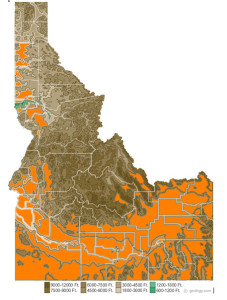
A large pellet study revealed that barn owls in Idaho prey heavily on voles (meadow mice), however this will vary depending on the specific area. Where pocket gophers or kangaroo rats predominate, they will likely predominate in the owl diet.
Farmers of blueberries, grapes, apples, and other crops are using barn owls in nest box programs in Idaho to help suppress rodent pests.

